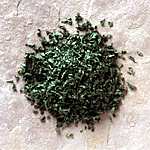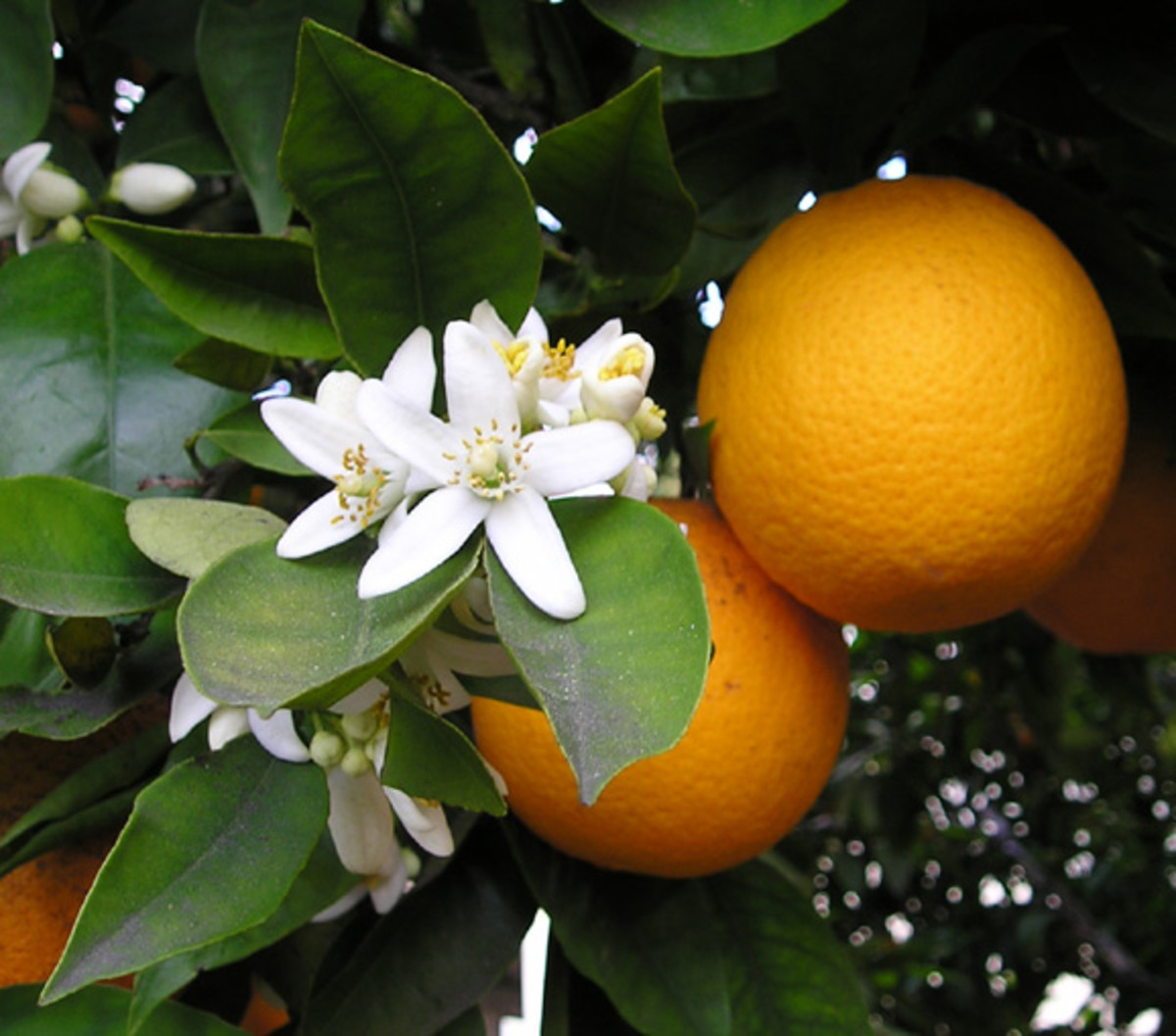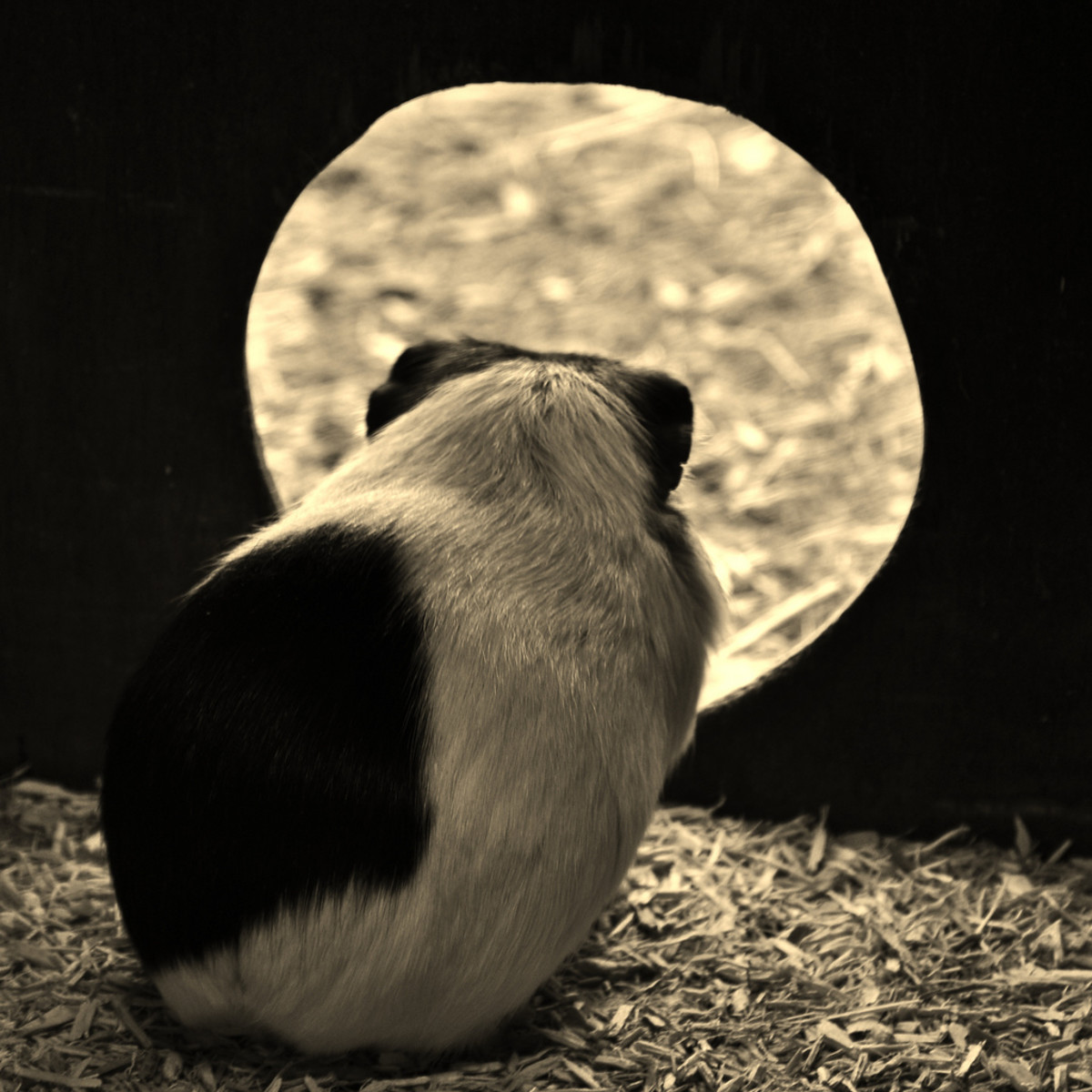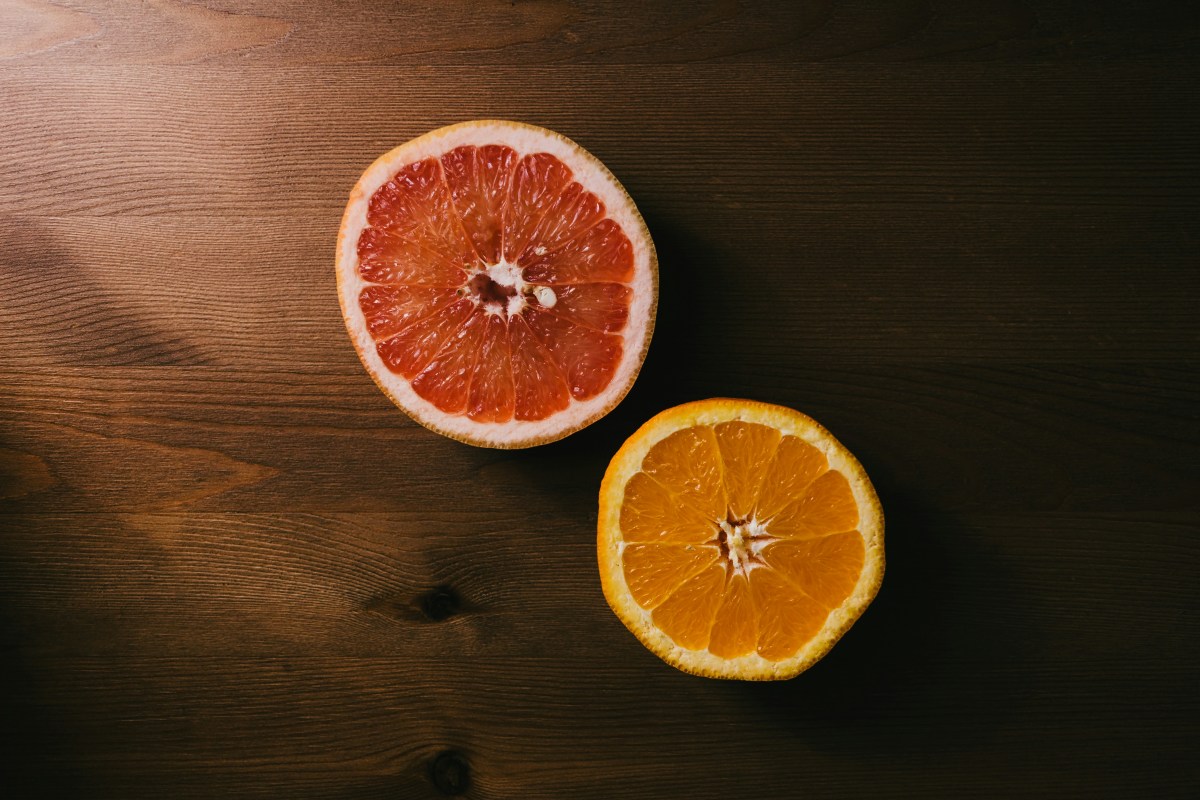Parsley-Not Just a Garnish
Italian Leaf Parsley

Curled Parsley
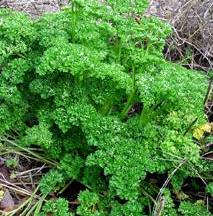
Whole Parsley Plant
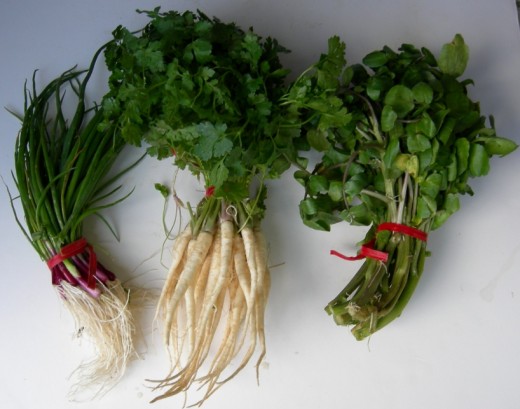
For most, and until recently me included, parsley was just a sprig of green to decorate dinner plates in restaurants. It certainly looked pretty, but useless. I (we) couldn't have been more wrong. What a waste that almost everyone just tosses it off to the side without a thought.
The reason parsley is on the plate to begin with is its vibrant color. That deep dark green is a signal that it is full of good things.
Parsley is a good source of vitamin A, vitamin C, folate, and iron. That is good enough in fresh form, but when you use dried parsley you get concentrated nutrients.
A tablespoon of dried parsley packs a nutritional wallup. Delivering 7 percent of the daily requirement for iron, 6 percent for vitamin A, 3 percent for vitamin C, around 2 percent for Calcium, 1percent for magnesium. Now if these numbers are not sounding large to you...I will remind you this is for 1 tablespoon of parsley. Once the water is removed nutrients are concentrated.
Parsley also contains copper and boron. As a bit of trivia, parsley has gram for gram, two to three times more copper, iron, magnesium, and boron than almost any food known.
Magnesium is important for muscle activity and also muscle relaxation. An important thing to note here is our heart is what? A muscle. Magnesium is crucial for proper cardiac function, not to mention lung function.
Preliminary studies are pointing to boron being involved in stabilizing blood glucose. While copper and iron are components of healthy blood cells.
Parsley's volatile oils have been shown in animal research to inhibit tumor growth. This qualifies it as a "chemoprotective" food. This means a food that has the capability to neutralize certain types of carcinogens in the body.
Parsley is also graced with anti oxidants which make it all the more attractive for more than just a garnish. The antioxidant plus vitamin C combination is a potent one for scavenging free radicals responsible for all sorts of degenerative problems.
When choosing fresh parsley, look for deep green leaves that are crisp and not wilted or dryish. Stems should be firm and not wilty. Store fresh parsly in the refrigerator, in the crisper drawer.
When choosing dried parsley, choose dark, green, dried leaf. Like any herb, parsley will begin to loose color the longer it is stored. The fresher the dried parsley, the darker green it will be.
Organic herbs are always preferable, in my mind. Pesticide residues and irradiation are unnecessary and in this age of chemical sensitivities, we should avoid as much as we can.
There are several varieties of parsley, but generally what is available to most are curly leaf and Italian variety (flat leaf). The curly leaf variety is slightly bitter and the Italian leaf is somewhat more fragrant.
Some recommend freezing parsley instead of dehydrating it. I believe it is a matter of personal choice. Both are just as easy. Fresh, frozen, or dehydrated, parsley is a wonderful addition to meals for nutrition and for flavor.
Dried Parsley
